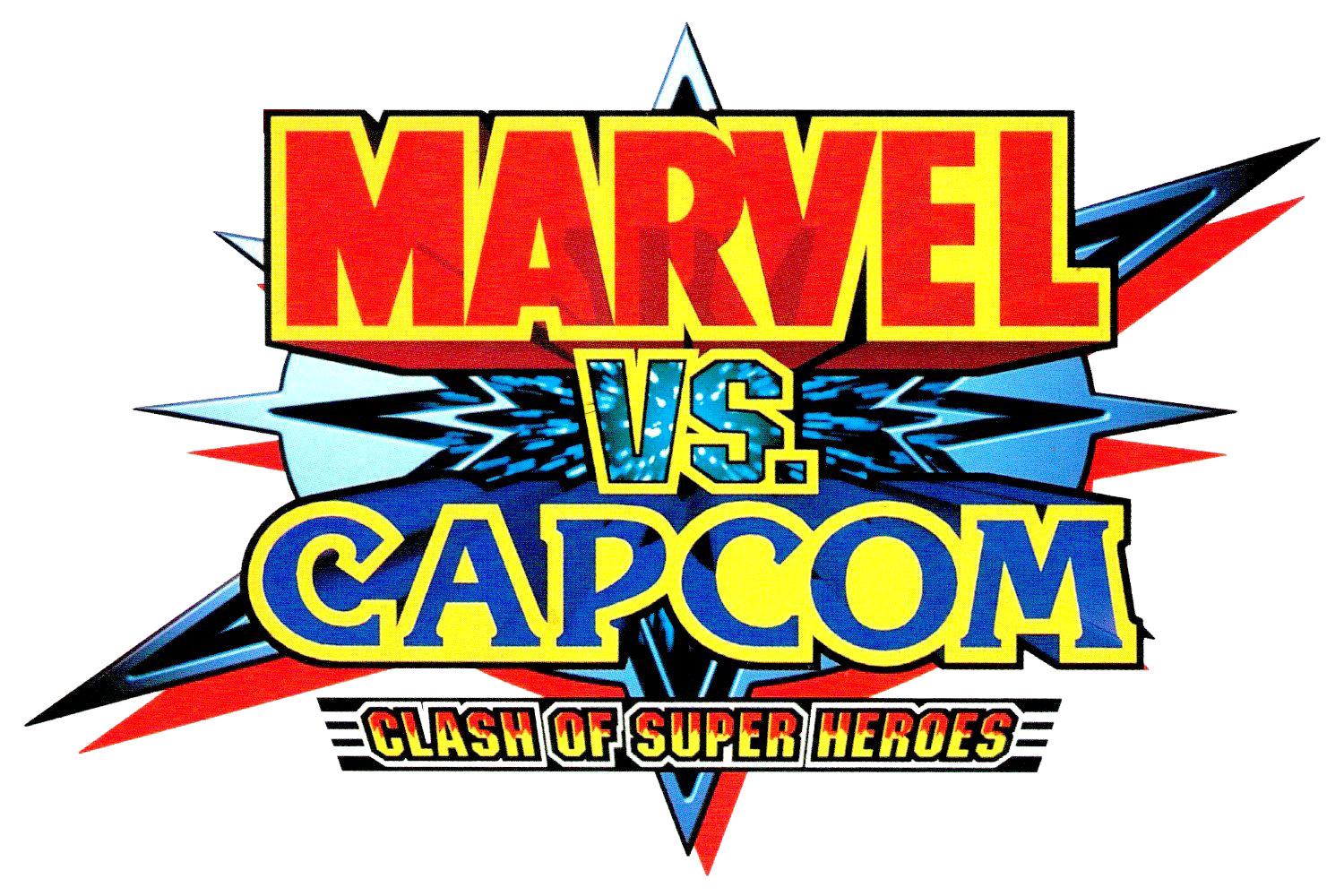

Yet here he was, both as a hidden subboss and as a playable character through a fairly complicated code.īy defeating Magneto with Akuma, all you’d get was an end credits sequence littered with each X-Men character doing his/her dizzy animation.Īnd so, less than a year later, we got Marvel Super Heroes. In fact, Akuma hadn’t even been given much of a story by that point to begin with in regards to Street Fighter. The game included an appearance by Akuma, the brand new mystery boss from Super Street Fighter II Turbo. Capcom 3.īut while X-Men: Children of the Atom had enough going on to be an instant classic, Capcom threw in a bit of a curveball. It was a design decision that would remain all the way into Ultimate Marvel vs. Coincidentally, several of the characters came with samples from the voice actors who worked on the X-Men animated series. You could choose from six X-Men and four villains, while Juggernaut and Magneto acted as the bosses. Let’s go stop him!” The roster wasn’t huge, either. The game itself didn’t have much more of a story than, “Magneto’s up to something. It felt more like a superhero fight than what Capcom had previously given us. Characters could jump much higher and simple fireballs became beam attacks with directional control. Much like Super Street Fighter II Turbo, it included the then-new super meter system, but tweaked the engine into a much more…explosive aesthetic.

X-Men: Children of the Atom was released at the end of 1994 (beginning of 1995 for the US) and built on the foundation of Street Fighter II. 13-year-olds around the world yelled, “YES! EXACTLY! THANK YOU!” The X-Men franchise was huge in the early 90s and having Capcom, the guys who gave us Street Fighter II, translate it into a fighting game was outright brilliance. Join Amazon Prime – Watch Thousands of Movies & TV Shows Anytime – Start Free Trial Now Luckily, Capcom was already hard at work on the next great fighting game. Many of these turned out to be blemishes on the house that Capcom and Midway built. There were fighting games with monsters, fighting games with giant robots, fighting games with dinosaurs, fighting games with Shaquille O’Neil, fighting games with cartoonish clay beings, fighting games with murdered heroes from throughout history, and so on. Tons of companies set to work on new fighting games and/or ripoffs of more successful titles in an attempt to cash in on the trend. The success of these titles created a fighting game free-for-all. One-on-one fighting games were a fad that was truly catching on due to the success of Street Fighter IIand Mortal Kombat. But our story doesn’t truly begin until the end of 1994.


 0 kommentar(er)
0 kommentar(er)
